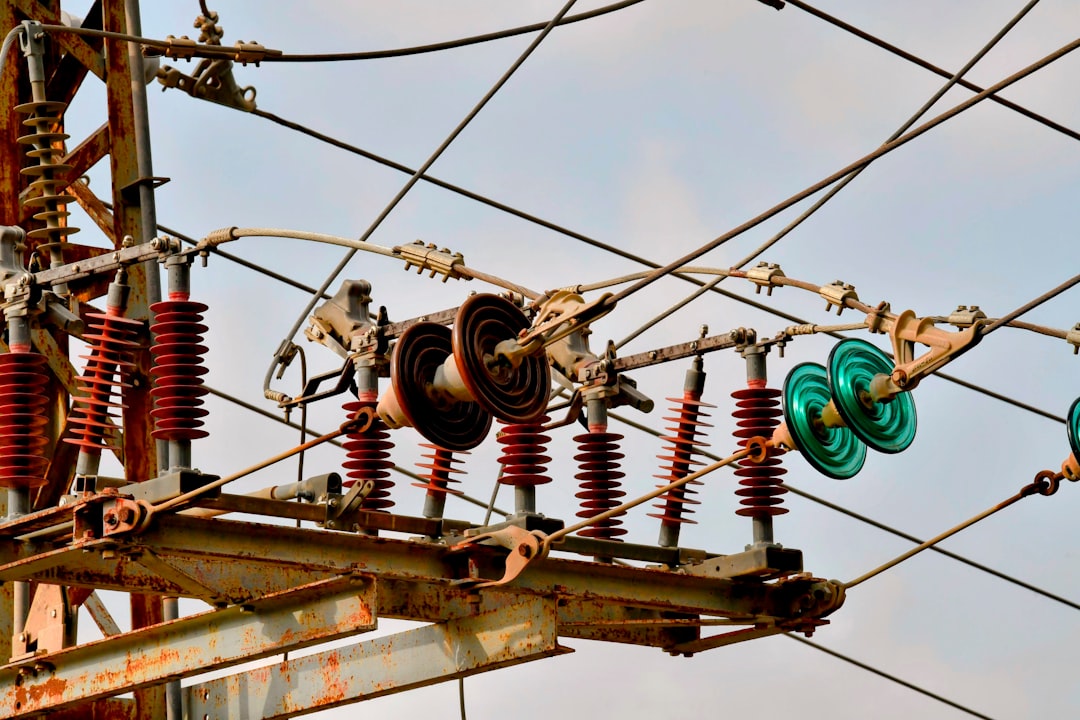In industries where equipment faces harsh environments and significant impact forces, the reliability of connections is paramount. Failure can lead to downtime, damage, and even safety hazards. This is where shock-resistant connection systems step in, providing robust and dependable solutions for maintaining connectivity under extreme conditions. This blog post delves deep into the world of these crucial systems, exploring their design principles, applications, and future advancements.
1. Design Principles of Shock-Resistant Connectors
Designing a shock-resistant connection system requires a multi-faceted approach that considers several key factors. The primary goal is to mitigate the transmission of shock and vibration to the connection interface. This is achieved through a combination of techniques:
- Redundancy: Employing multiple connection points or using a system with inherent redundancy ensures that a single point of failure doesn’t compromise the entire connection.
- Flexible Elements: Incorporating flexible components, such as bellows or elastomeric materials, allows for some movement and absorption of shock energy, preventing direct transmission to the connection itself.
- Dampening Mechanisms: Utilizing materials with high damping properties, like certain polymers or specially designed metal alloys, dissipates vibrational energy, reducing the impact on the connection.
- Over-engineered Connections: Designing connections with a higher strength and durability than strictly required for normal operation provides a safety margin to withstand unexpected impacts.
- Optimized Geometry: The shape and geometry of the connector play a significant role. Rounded edges and smooth transitions minimize stress concentrations that can lead to failure under shock.
2. Materials Used in Robust Connection Systems
The choice of materials is crucial for achieving the desired level of shock resistance. Common materials include:
- High-Strength Alloys: Steels, titanium alloys, and other high-strength metals offer excellent tensile strength and fatigue resistance, making them ideal for applications with significant impact loads.
- Engineering Plastics: Polymers such as PEEK, PEI, and high-performance thermoplastics provide a good balance of strength, flexibility, and impact resistance, often at a lower weight than metals.
- Elastomers: Rubber, silicone, and other elastomeric materials are used extensively for vibration damping and shock absorption. Their ability to deform and recover energy helps to protect the connection from damage.
- Composites: Combining different materials, such as carbon fiber reinforced polymers, allows for the tailoring of specific properties to meet the demands of a particular application. This can lead to lightweight yet extremely strong connectors.
3. Applications of Shock-Resistant Connection Technologies
The need for reliable connections in harsh environments spans a wide range of industries:
- Aerospace: Aircraft and spacecraft components require robust connections to withstand the stresses of launch, flight, and landing.
- Automotive: Shock-resistant connectors are essential in vehicles to ensure the reliable operation of critical systems, even in accidents.
- Military and Defense: Military equipment operates in extreme conditions, demanding connections that can withstand significant impacts and vibrations.
- Industrial Automation: Robotics and automated systems often use shock-resistant connectors to maintain reliable communication in demanding factory environments.
- Oil and Gas: Equipment used in offshore platforms and drilling operations needs to withstand harsh marine environments and potential impacts.
4. Testing and Certification of Shock-Resistant Connectors
Rigorous testing is crucial to ensure the performance and reliability of shock-resistant connection systems. These tests often involve:
- Impact Tests: Simulating impacts of varying magnitudes and directions to determine the connector’s ability to withstand shocks.
- Vibration Tests: Exposing the connectors to various frequencies and amplitudes of vibration to assess their resistance to fatigue and loosening.
- Environmental Tests: Evaluating the connector’s performance under extreme temperature, humidity, and pressure conditions.
- Durability Tests: Assessing the connector’s long-term performance under repeated cycles of shock and vibration.
- Pull-out and Shear Tests: Measuring the connector’s resistance to forces that might cause disconnection.
Certification from relevant organizations provides assurance of a connector’s quality and performance, meeting specific industry standards.
5. Future Trends in Shock-Resistant Connection Systems
Ongoing research and development are continuously improving the capabilities of shock-resistant connection systems. Future trends include:
- Smart Connectors: Incorporating sensors and data logging capabilities to monitor the condition of the connection and provide early warnings of potential failures.
- Self-healing Materials: Developing connectors with materials that can repair themselves after minor damage, enhancing their longevity and reliability.
- Advanced Simulation Techniques: Using sophisticated computer simulations to optimize the design of connectors and predict their performance under various conditions.
- Additive Manufacturing: Utilizing 3D printing to create complex geometries and customized connectors with enhanced shock resistance.
- Miniaturization: Developing smaller, lighter, and more compact connectors that maintain high levels of shock resistance.
In conclusion, shock-resistant connection systems are critical components in various industries, ensuring the reliable operation of equipment in demanding environments. Understanding their design principles, materials, applications, testing, and future trends is vital for engineers and designers seeking robust and dependable solutions.
Tags: shock resistant connectors, impact resistant connections, vibration damping connectors, robust connectors, secure connections




